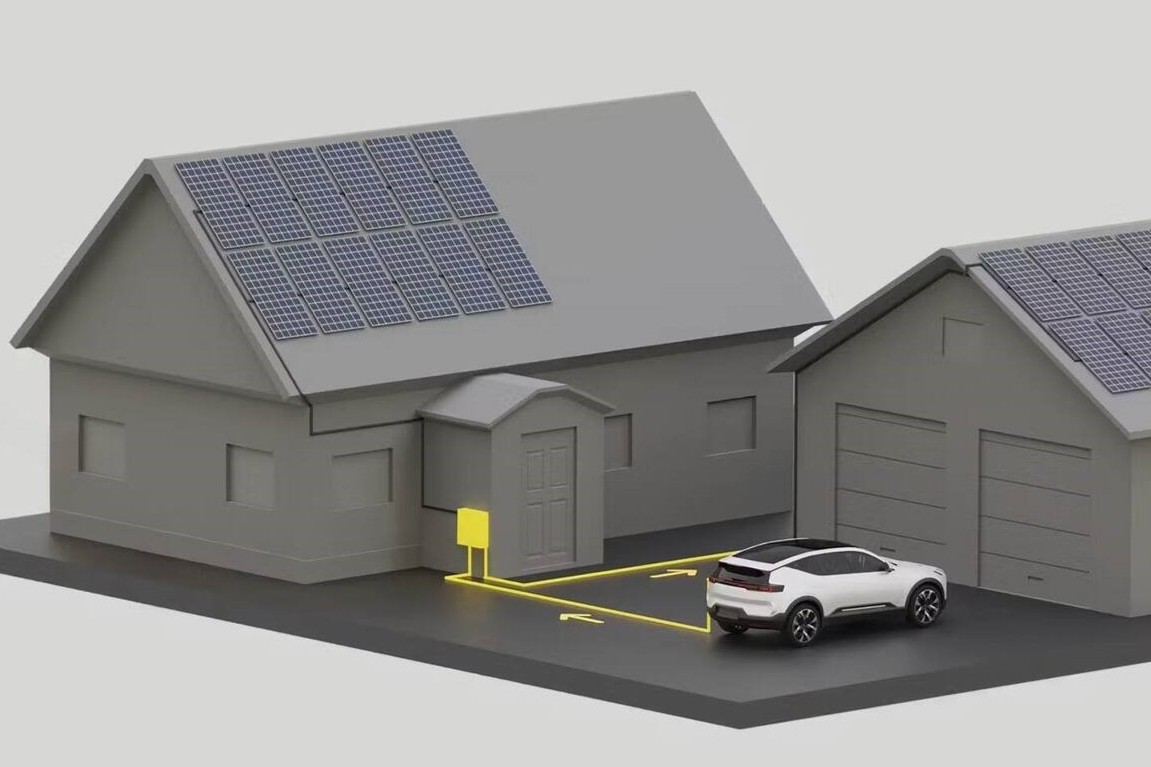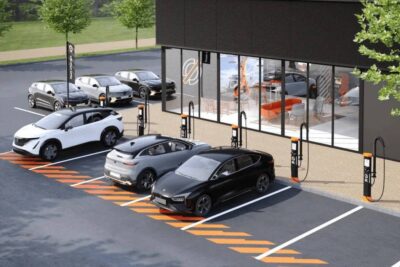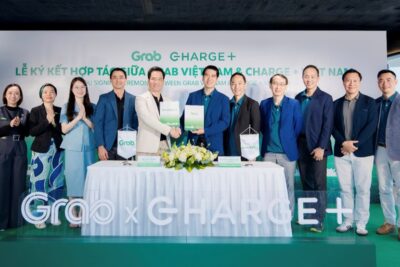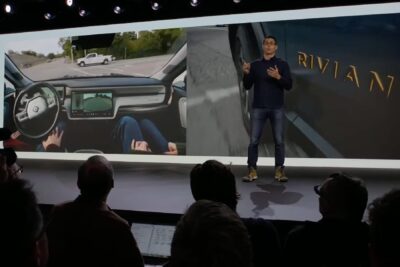Polestar and Volvo introduce bi-directional charging in the US
Polestar’s offer is tailored to California residents who can draw on state incentives. It includes the Ara home energy system by dcbel and enables Polestar 3 owners to reduce charging expenses, with Polestar citing potential annual savings of up to $1,300. The system also allows the vehicle to function as a home backup source during outages, with the company stating that customers can use their car as an energy backup during blackouts for up to ten days, depending on usage.
Developed with dcbel, the programme integrates DC-based V2H operation, blackout support and intelligent charging to reduce running costs and improve renewable energy use. The company says the technology makes it possible to use the car as a powerbank capable of supporting the electric grid while parked.
Polestar states that it is progressing additional bi-directional developments, including a bi-directional-ready AC home charger for Germany and upcoming European markets, delivered with Zaptec. The Zaptec Go2 supports future bi-directional charging once enabled on compatible vehicles.
“Bi-directional charging is a gamechanger, not only for the car industry, but the home energy ecosystem. As it lowers your total cost of ownership and makes your car work for you even when parked, this makes the choice of driving a Polestar even more attractive,” said Polestar CEO Michael Lohscheller.
“It’s a new technology that requires a sophisticated and intelligent ecosystem, and this marks an important first step as we aim to launch bi-directional charging features to more Polestar customers in more markets,” added Olivier Loedel, Head of Software Product Management at Polestar.
Volvo activates bi-directional EX90 functions
At the same time, Volvo Cars has introduced bi-directional charging capability for the 2025 Volvo EX90 in the United States. It, too, dcbel’s Ara Home Energy Station.
The EX90 is the first Volvo model equipped with the required hardware and software to operate bi-directional functions. The vehicle can supply energy to the home, charge in both AC and DC through the Ara system and support household loads when required. Volvo notes that the technology offers the potential to reduce strain on the electricity grid by controlling charging and energy flow during peak demand periods.
“We continue to enhance the benefits of ownership of our flagship EX90 by enabling it to send power back to the home through bi-directional charging,” says Jim Nichols, Head of Product & Technology Consumer Offer for Volvo Cars in the Americas. “By working with dcbel, we’re taking an important next step in our electrification and smart home energy strategy journey to offer smarter home energy options and added peace of mind.”





1 Comment